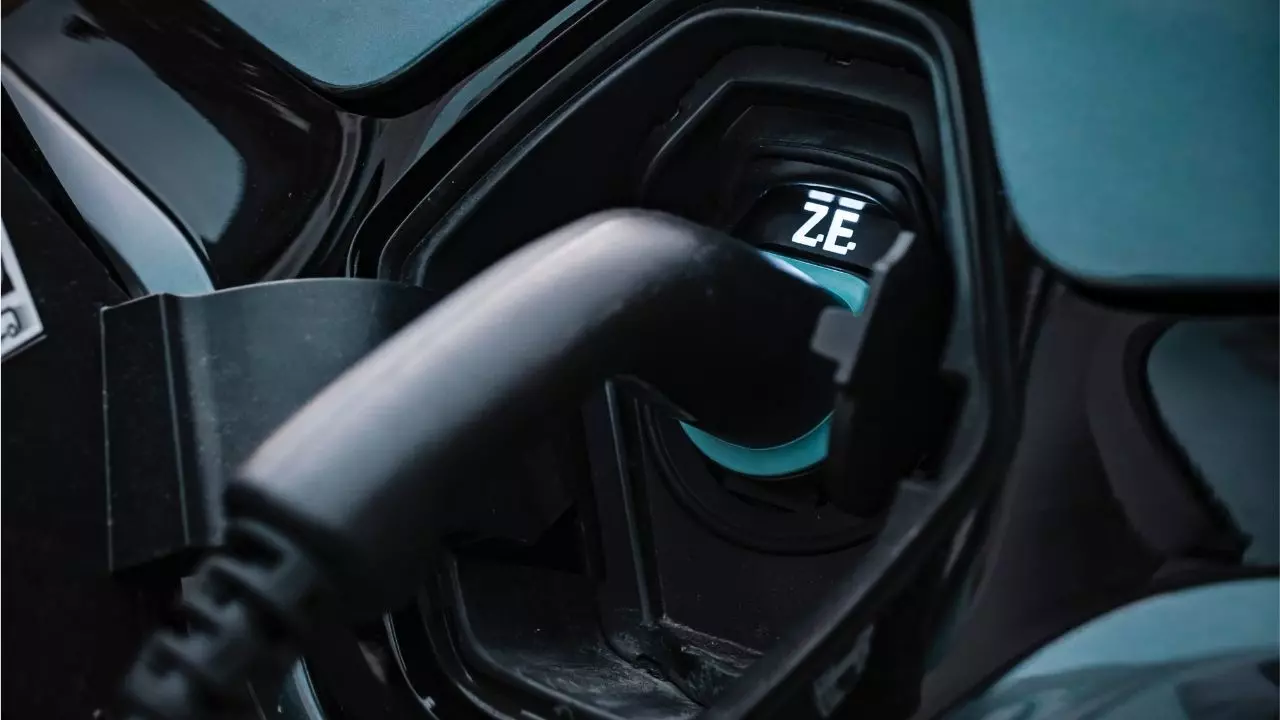Electric cars are becoming popular. But there is still some confusion about how to charge them. While charging an electric car is not as simple as refueling a gasoline car, it is not difficult either. In this blog post, we will explain how to charge an electric car. We will also dispel some common myths about electric cars and charging them. By the end of this blog post, you should have a good understanding of how to charge an electric car. Thanks for reading!
What Are The Different Types Of Electric Cars?
There are three main types of electric cars. They are plug-in hybrid electric cars, battery-electric cars, and fuel cell electric cars. Plug-in hybrid electric cars are the most common type of electric car. They have a gasoline engine and a battery. They can be plugged into an electrical outlet to charge the battery. Battery electric cars only have a battery. And they must be plugged into an electrical outlet to charge the battery. Fuel cell electric cars have a fuel cell and a battery. They can be plugged into an electrical outlet to charge the battery, too.
How Do You Charge An Electric Car?
Charging an electric car is simple. There are three ways to charge an electric car:
- Plug your electric car into a standard wall outlet. You should the charging cord that comes with your electric car. This will give you a slow charge.
- Plug your electric car into a high-voltage outlet, found at a public charging station. This will give you a fast charge.
- Install a charging station in your home. This will give you the fastest charge.
Charging times may vary. It depends on the type of charging station and the size of your electric car’s battery. Generally, using a standard wall outlet will take about twice as long to charge your electric car as using a high-voltage outlet. Installing a charging station in your home will charge your electric car the fastest.
What Kind Of Charging Stations Are Available And How Do You Use Them?
There are three types of charging stations for electric vehicles. These are; Level 1, Level 2, and DC Fast Charging. Your car’s owner’s manual will tell you which type of station your vehicle needs.
- Level 1 charging stations use a standard household outlet (120 volts) and plugs into a normal wall socket. It can take up to 18 hours to full charge a vehicle using a Level 1 charger.
- Level 2 charging stations use a 240-volt outlet and can charge a vehicle in 4-8 hours. These chargers are becoming more common as electric vehicle ownership increases.
- DC Fast Charging stations can charge a vehicle up to 80% in about 30 minutes. They need special equipment that is not yet common.
Charging your electric car is easy! Find the type of charging station that your car needs, plug it in, and wait for your car to charge. Remember to always follow the safety instructions in your owner’s manual.
Driving An Electric Car vs Driving A Gasoline-Powered Car
Electric cars have several advantages over gasoline-powered cars. One of the main benefits is that electric cars are much cheaper to operate than gas cars. You don’t have to buy gasoline, and electric cars generate no emissions. So they’re better for the environment.
The other big benefit of electric cars is that they’re much quieter than gas cars. You can have a conversation inside an electric car while it’s driving. So you can say goodbye to weird engine noises.
Disadvantages To Owning An Electric Car
There are some disadvantages to electric cars, too. The biggest one is that they take longer to charge than gasoline-powered cars. It can take several hours to full charge an electric car. And electric cars can’t travel as far as gasoline-powered cars on a single charge.
Electric cars can also be more expensive to buy than gasoline-powered cars. Electric cars usually cost more than gas cars. And the batteries in electric cars need replacement after a while. But, as electric cars become more popular, the cost of batteries is likely to go down. Plus, there are several government tax breaks and subsidies available for EV buyers. It can help offset the higher sale price.
Despite these disadvantages, electric cars have many advantages over gasoline-powered cars. That’s why they are growing in popularity. Electric cars are much more environmentally friendly than gas cars. Plus, they cost less to operate and maintain. And they have a smaller impact on the grid than gasoline-powered cars. So if you are considering buying a car, an electric car may be a good option for you.
Conclusion
The most common way to charge an electric car is by plugging it into an electrical outlet in your home. This can be done with a standard 120-volt household outlet or with a 240-volt charging station. Some cars come equipped with a built-in charger. Others need the buy of a separate charging unit. There are also public charging stations available in many cities and towns. These stations use different plugs and connectors than what’s used at home. So you’ll need to have the right adapter if you plan to use one.
